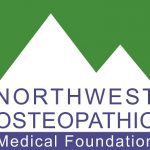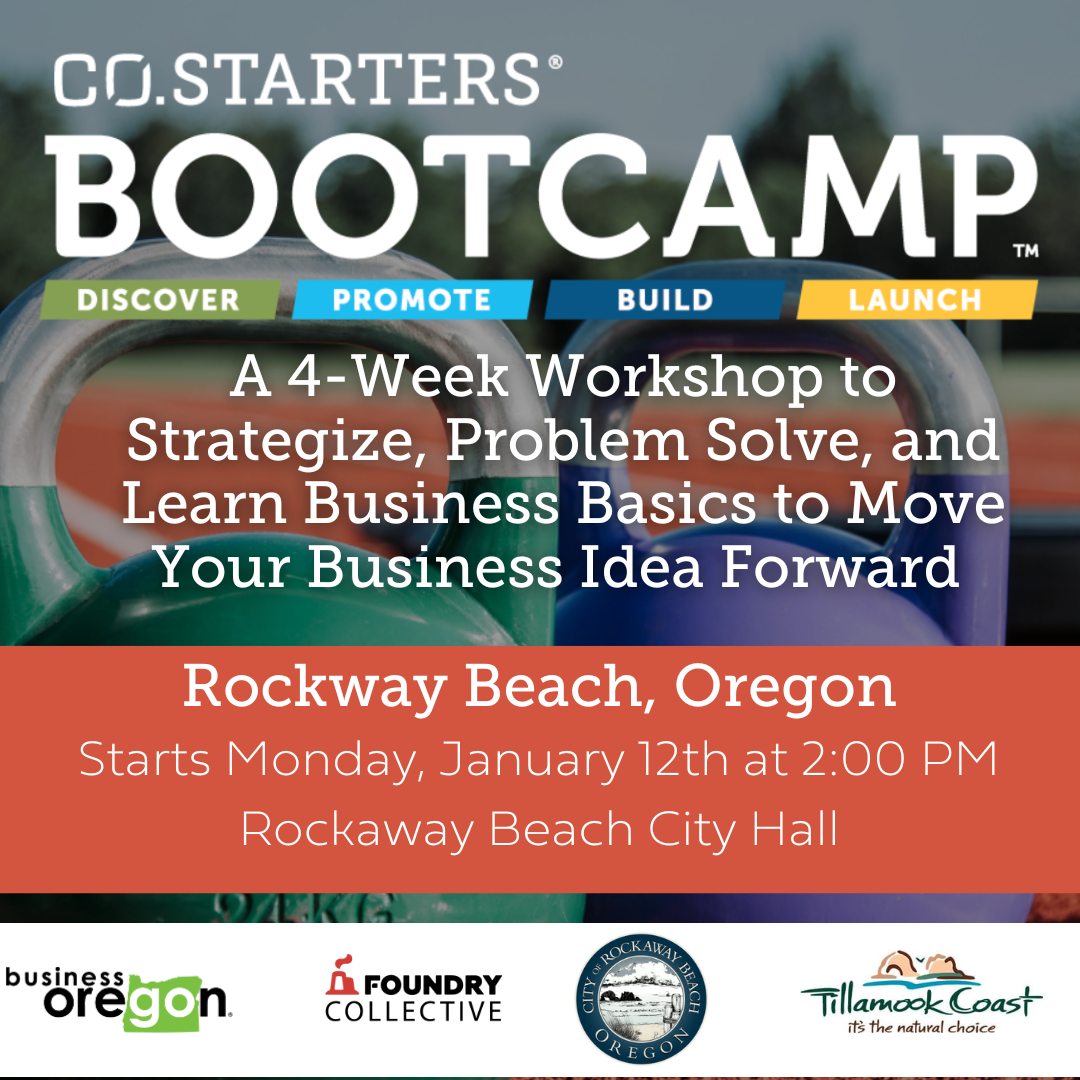EDITOR’S NOTE: The Tillamook County Pioneer started publishing the column “In Good Health” by the Northwest Osteopathic Medical Foundation in June 2018. We were proud that NWOMF selected the Pioneer as a media partner to increase their outreach and education about osteopathic medicine and general wellness. We had been posting regular columns, and are pleased to bring back this content. Linda Tate, NWOMF communications director tackles a tough subject that will resonate here in Tillamook County. You can search for past NWOMF articles on the Pioneer, and we look forward to posting their content on a regular basis. If you have suggestions for health/wellness articles, please contact editor@tillamookcountypioneer.net.
By Linda Tate, Communications Director, Northwest Osteopathic Medical Foundation
This week, we are going to get a little dark. Heroin is becoming more and more the “go to” drug, now that prescription opioids are being taken from people who are experiencing horrific pain. While the opioid crack down may be good in some ways, it is irrefutably not good in others. For those who truly suffer, day in, and day out, heroin is becoming their best friend. It’s cheap, it’s easy to purchase, and it works.
The problem with heroin, unlike prescription opioids, is the lack of ability to stop using and go back to a normal life. It’s very, very, very difficult. It requires a multidisciplinary approach. Going “cold turkey” is only one step, in the many steps, to maintaining sobriety.
The National Institute on Drug Abuse (NIH) states that “The number of people using heroin for the first time is high, with 170,000 people starting heroin use in 2016, nearly double the number of people in 2006 (90,000). In contrast, heroin use has been declining among teens aged 12–17. Past-year heroin use among the nation’s 8th, 10th, and 12th graders is at its lowest levels since 1991, at less than 1 percent in each grade level“.
The message? It’s not the kids using heroin anymore. It’s the adults. Further, “Heroin use no longer predominates solely in urban areas“. The message? It’s everywhere now.
In 2017 the numbers didn’t look any better. The CDC reports, “In 2017, nearly 494,000 people in the United States (12-years old or older) reported using heroin in the past year, which is an estimated rate of 0.2 per 100 persons“.
The people who are advocating for stricter prescription opioid laws may be on the money in terms of damage control, but at what cost? Are they a day late and a dollar short? Are we too far down the opioid river of darkness to pull back on the reigns? Is it morally and ethically right to leave pain patients with no options, but to go to the streets for pain management? Advocates may say, “an addict will always find a way“…but is that true all of the time for all of the people?
On condition of anonymity, “Beth” shares her story. “I was diagnosed with Fibromyalgia and Osteoarthritis. The doctors said prescription opioids were my only option, so I agreed to a contract. I used opioids for ten years, and they worked fairly well. I never needed an increase in my dose. Some months I was able to go off them altogether. On the days I needed them, it was the difference between getting out of bed or staying home.
“A year ago, my doctor told me I had to titrate off the medications. She said there was a crisis and it was out of her hands. She was being told to take them from me. I went off the opioids, but the pain was unrelenting. It got to the point where it was all I could think about. I started abusing NSAIDs and got a stomach bleed. Then I was told I could no longer take NSAIDS. I planned my suicide daily. I finally decided that I had to get relief. I’m a 52 year old mother and grandmother, I’m a professional and have a solid career, I own my own house, and I’m a heroin addict. There will never be a ‘going back’ for me. I’m addicted”.
So let’s talk about Heroin and how it works in the brain. The NIH reports that, “Once heroin enters the brain, it is converted to morphine and binds rapidly to opioid receptors. People who use heroin typically report feeling a surge of pleasurable sensation—a ‘rush.’ The intensity of the rush is a function of how much drug is taken and how rapidly the drug enters the brain and binds to the opioid receptors. With heroin, the rush is usually accompanied by a warm flushing of the skin, dry mouth, and a heavy feeling in the extremities. Nausea, vomiting, and severe itching may also occur. After the initial effects, users usually will be drowsy for several hours; mental function is clouded; heart function slows; and breathing is also severely slowed, sometimes enough to be life-threatening. Slowed breathing can also lead to coma and permanent brain damage.
“Repeated heroin use changes the physical structure and physiology of the brain, creating long-term imbalances in neuronal and hormonal systems that are not easily reversed. Studies have shown some deterioration of the brain’s white matter due to heroin use, which may affect decision-making abilities, the ability to regulate behavior, and responses to stressful situations. Heroin also produces profound degrees of tolerance and physical dependence. Tolerance occurs when more and more of the drug is required to achieve the same effects. With physical dependence, the body adapts to the presence of the drug, and withdrawal symptoms occur if use is reduced abruptly.
“Withdrawal may occur within a few hours after the last time the drug is taken.”
WOW. A very different response than that of prescription opioids. Basically, the take away is that the drug changes the structure of the brain, withdrawal is very soon after the last dose, and then, what are the withdrawal symptoms?
“Symptoms of withdrawal include restlessness, muscle and bone pain, insomnia, diarrhea, vomiting, cold flashes with goose bumps (“cold turkey”), and leg movements. Major withdrawal symptoms peak between 24–48 hours after the last dose of heroin and subside after about a week. However, some people have shown persistent withdrawal signs for many months. Finally, repeated heroin use often results in heroin use disorder—a chronic relapsing disease that goes beyond physical dependence and is characterized by uncontrollable drug-seeking, no matter the consequences. Heroin is extremely addictive no matter how it is administered, although routes of administration that allow it to reach the brain the fastest (i.e., injection and smoking) increase the risk of developing heroin use disorder. Once a person has heroin use disorder, seeking and using the drug becomes their primary purpose in life.”
Say that again slowly: “Once a person has heroin use disorder, seeking and using the drug becomes their primary purpose in life.“
What does the NIH say about opioid addiction? It’s a different story. Here’s the bottom line, ” Taking opioids over a long period of time produces dependence, such that when people stop taking the drug, they have physical and psychological symptoms of withdrawal (such as muscle cramping, diarrhea, and anxiety). Dependence is not the same thing as addiction; although everyone who takes opioids for an extended period will become dependent, only a small percentage also experience the compulsive, continuing need for the drug that characterizes addiction.”
Dependence vs. addiction. Muscle cramping, diarrhea and anxiety vs a life long addiction where “seeking and using the drug becomes their primary purpose in life.“
Opiate contracts are controlled by the physician. The person receiving the opioids has to submit to drug screens on demand. They cannot get their opioids from any other source. They are monitored for signs of addiction. Street drugs are unpredictable. They get cut with horrible ingredients (draino), and are often stronger than anticipated (Fentanyl) leading to poor outcomes. Prescriptions on the other hand, are less dangerous, more fully monitored, and have a less likely chance of a poor outcome.
Heroin addicts are on their own. Even when deciding to quit, a life of replacement drugs will be in order. Drugs like Suboxone or Methadone will be given once a day at a certain time (usually morning) when the client shows up at the clinic for their “dose“. The users brain has been permanently changed, and a return to the streets assured without proper follow up and consistent use of these medications.
Did this current increase in Heroin use start with prescription opioids? Yes. They were over prescribed. No doubt about it. But do chronic pain patients still need them? Yes. There is no getting around that. Living with pain day in and day out is something many, if not most, doctors cannot relate to, so the empathy bar drops. They only see “seekers” and poor internal reviews when the pay raises are brought out.
I would challenge any and all doctors to put a clip anywhere on your body. Make sure it’s tight enough that it pinches. Wear it there for a week. Any time you want to remove it and say “ok, I get it“…don’t. Leave it on. You will have a different understanding of pain, and be a better doctor for having tried this experiment.
Now some will say this blog totally missed the point…the point being that the heroin addiction starts with the opioid prescription. I would challenge that thinking. The Heroin addiction starts with unrelenting pain, which the medical doctor rightly tries to decrease. As long as the doctor is in the picture and monitoring the patient appropriately, it stops there. If the opioids are withdrawn from the patient, then the patient seeks pain management on the streets, enter Heroin.
Let’s not throw the baby out with the bath water. We can all agree that any type of pain management needs to include other approaches before cracking open the prescription pad, but once there, it is unsafe and inhumane to back track and force a person onto the street for pain relief.
I will leave you with this, again from NIH: “Every day, more than 130 people in the United States die after overdosing on opioids. The misuse of and addiction to opioids—including prescription pain relievers, heroin, and synthetic opioids such as fentanyl—is a serious national crisis that affects public health as well as social and economic welfare. The Centers for Disease Control and Prevention estimates that the total ‘economic burden’ of prescription opioid misuse alone in the United States is $78.5 billion a year, including the costs of healthcare, lost productivity, addiction treatment, and criminal justice involvement.“
No matter which way you slice the cake, this is serious. Chronic pain patients are completing suicides for lack of pain management. We have a much better chance of helping those who would become addicted if we keep the opioids in the hands of the doctors, not the drug dealers.


The Northwest Osteopathic Medical Foundation is a public charity committed to Advancing Wellness through the Osteopathic Approach. As a charity, we do not represent any medical school, medical association, medical practice, or individual physician.
This blog should not be considered to be medical advice. Your personal health is best discussed one-on-one with your personal physician. Rather, this blog is intended to highlight the distinctive philosophy and practice of osteopathic medicine as expressed by the author and does not necessarily represent the opinion of the Northwest Osteopathic Medical Foundation, or other Osteopathic physicians. The information and opinions are solely those of the author.

About Linda Tate
Linda Tate is the Communications Director for the Foundation. She has more than 20 years of experience in the field of social services, having worked with juvenile offenders, victims of domestic violence, homeless veterans and families, foster children, adult offenders, and the developmentally disabled. Linda served on the mobile crisis team, Project Respond, and most recently worked at the Halsey Street Crisis Resolution Center. Aside from her career in social work, she was the Donor Relations Manager for a non-profit in NYC (the SPCAI), an executive secretary for the Engineering Manager at Precision CastParts, and was honored to be the Executive Director of Camp Opportunity, a non-profit serving underserved youth in the Washington area.
View all posts by Linda Tate →


